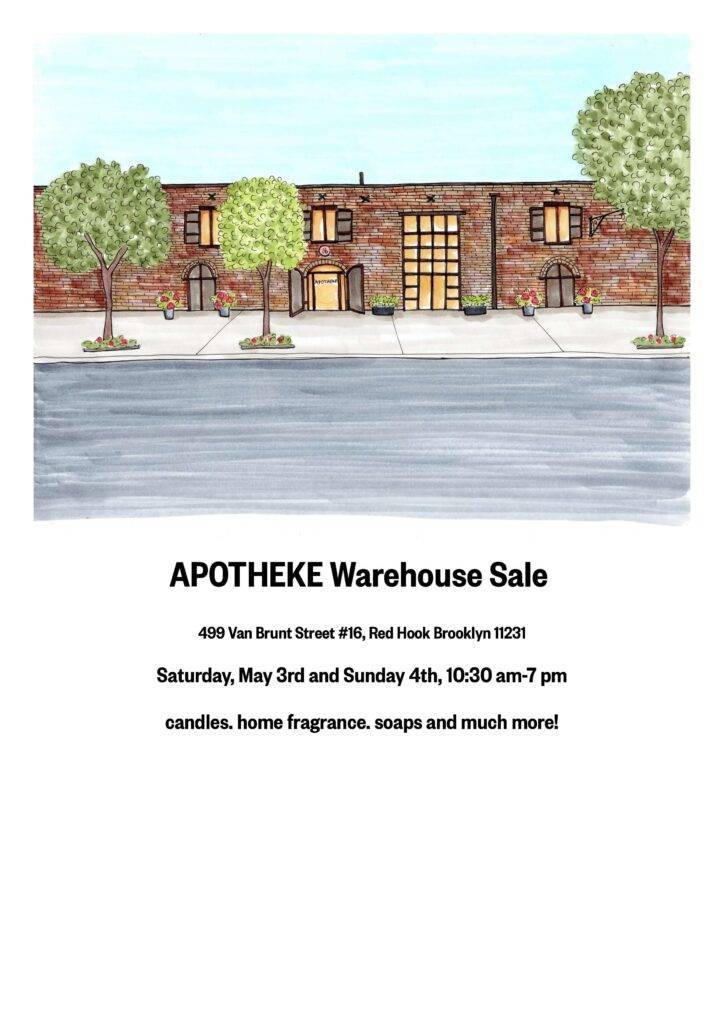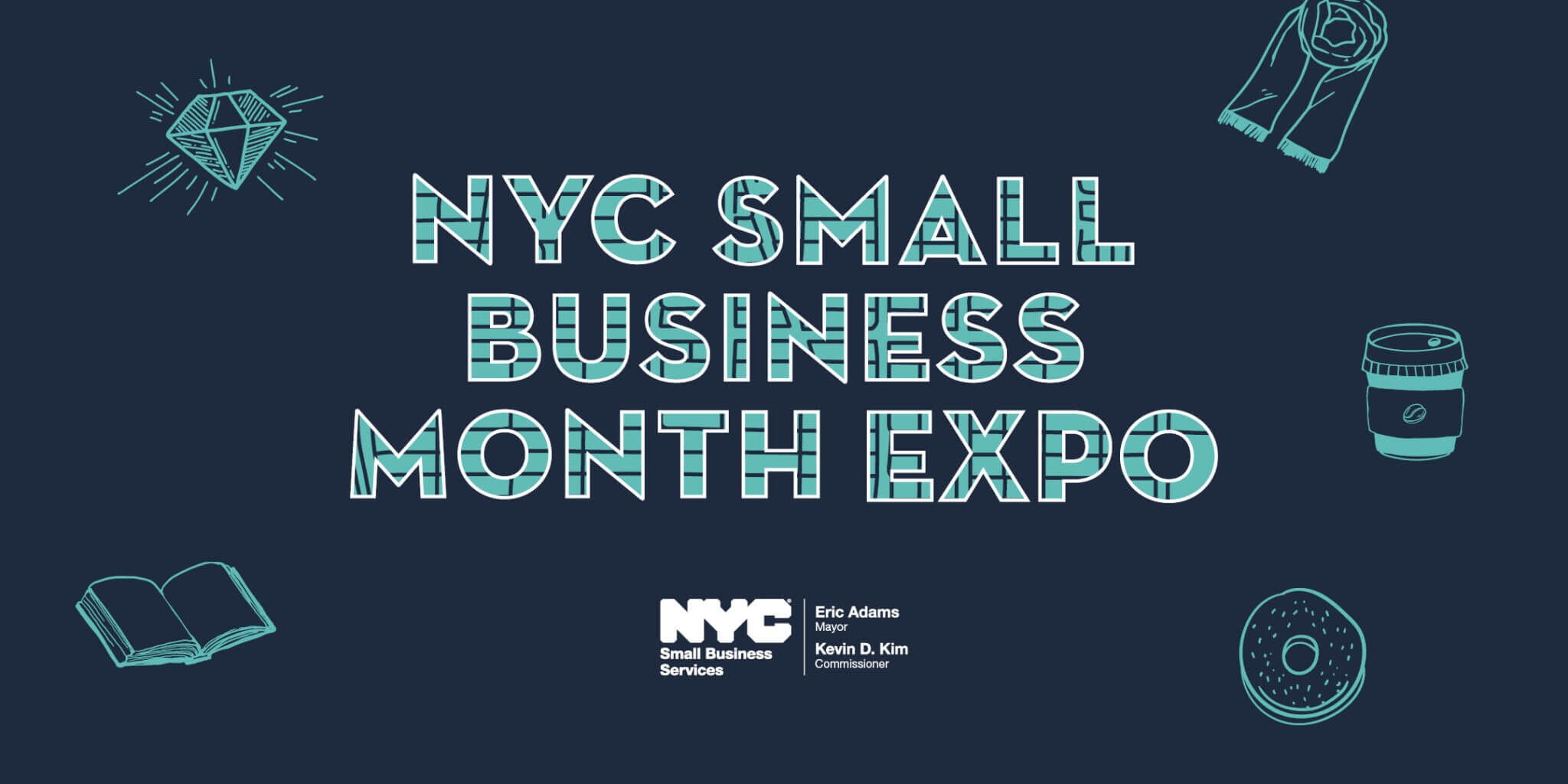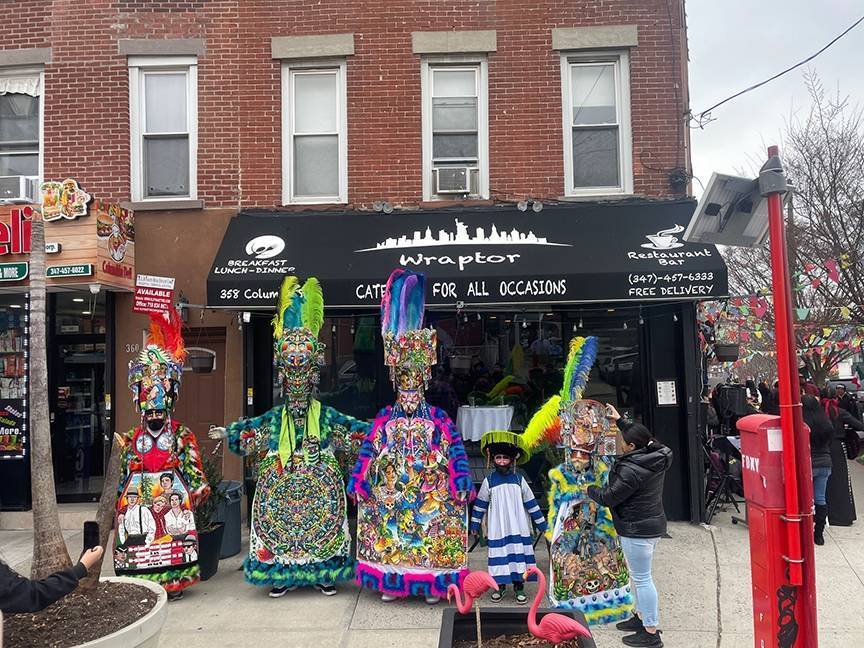The New York City Council primary is less than three months away, and as campaigns are picking up steam, so are donations. In districts 38 and 39 in South Brooklyn, Incumbents Alexa Avilés (District 38) and Shahana Hanif (District 39) are being challenged by two moderate Democrats, and as we reported last month, big money is making its way into both races.
The two challengers, Ling Ye, running against Avilés, and Maya Kornberg, who’s running for the District 39 seat, have their war chests buoyed with thousands of dollars in donations from billionaires outside of their districts. We took a deeper look at who are funding the campaigns of these four Democrats, and if it matters.
Local donations
New York City has some of the strictest campaign financing laws in the country, giving New Yorkers the opportunity to see if their neighbor has donated to a candidate, or who the big spenders are in the mayoral race. There are also limits to how much money can be donated to a candidate; for candidates to the city council, donations are capped at $1,050. (However, through independent expenditures — money that “no candidate has authorized, requested, suggested, fostered, or cooperated in,” according to the New York City Campaign Finance Board — individuals and groups can support candidates far beyond the direct donation limit.)
Because donors have to provide their address (only city, state and ZIP code is visible online), those curious can get a sense of where donations are coming from; although not perfectly accurate (as some ZIP codes can be split between City Council districts), this data can provide an indication of how much support a City Council candidate has within their district.
In district 38, Council Member Avilés has so far raised a little over $52,000 from 776 donations (note that some may have donated more than once), per her campaign’s latest disclosure statement. Of the 776 donations, 39% come from ZIP codes within her district. These “local” donations, however, accounted for 46% of the dollars Avilés has received so far. Her challenger, Ling Ye, has raised more than $33,000 through 387 donations, with 21% “local.”
A similar pattern is evident in the neighboring district, where Council Member Hanif has nearly $83,000 in her war chest. Of that amount, 47%, or almost $44,000, has come from local donors. Her primary opponent, Kornberg, has done significant fundraising, and while almost half of her donations come from inside district 39, they only account for 31% of the amount raised by her campaign.
Instead, a dozen-or-so billionaires and other wealthy individuals from outside their districts are propping up the war chests of both Kornberg and Ye. Donations over $1,000 make up a third of the dollars Kornberg has raised as of March. 13, and a quarter of Ye’s campaign funds. Not all these come from über-wealthy individuals, but among the top donations, almost all come from hedge fund managers and members of some of the U.S.’ wealthiest families.
Who are the billionaire donors?
Among them is hedge-fund manager Daniel Loeb, whose company managed $11.5 billion as of April 2024. On social media, he is a vocal supporter of Elon Musk and the Trump administration. Also donating to both candidates is Alice Tisch, a member of the Tisch family by marriage, and venture capitalist Lee Fixel.
Also donating to Kornberg is billionaire Leonard Blavatnik, a philanthropist who made his first money as an oligarch following the fall of the Soviet Union (he was sanctioned by Ukraine President Volodymyr Zelenskyy in December 2023 because of his alleged connection to Vladimir Putin), and venture capitalist Gary Lauder, who in 2023 was valued at $1.3 billion.
How common is it for these people to contribute to city elections?
It remains uncertain why these individuals have taken an interest in a Brooklyn election. While Loeb, Lauder, Blavatnik are all big and frequent spenders in federal politics — in the last few years, both Blavatnik and Loeb have donated hundreds of thousands of dollars to groups like House Speaker Mike Johnson’s Grow the Majority PAC, American Patriots PAC, the National Republican Senatorial Committee, the National Republican Congressional Committee and Republican National Committee — they are infrequent participants in New York City elections. While both Blavatnik and Loeb have donated to Mayor Adams, the donations to Kornberg and Ye are two of only four contributions to City Council candidates the two billionaires have each made in the past two decades. (Loeb supported Gur Tsabar in 2005 and Edward Gibbs in 2025; in 2013, Blavatnik gave money to Ari Kagan, a Democrat-turned-Republican, and in 2023 he donated to Inna Vernikov, a Republican council member who might be most known for brandishing a gun at a pro-Palestinian protest in 2023.) Lauder and Fixel had never donated in a city election, until their contributions to Kornberg and Ye.
What does it mean?
But while the millions that flow into federal elections can have direct effects on policy, research shows that campaign spending is not particularly effective. While the biggest spenders usually win on the federal level, it is common for winning candidates to significantly overspend on their campaign, when they most likely would have won anyway.
But measuring how money impacts elections is difficult, especially as there are a lot of reasons for wealthy donors and special-interest groups to contribute to candidates that go beyond campaigning.
The impact of big money in elections becomes even more challenging to discern when it comes to local politics, especially in places like New York City, where a Matching Funds Program exists to boost the influence of small donors, or “average New Yorkers,” as the city’s campaign financing board puts it. According to the Brennan Center (where Kornberg works), a similar program at the state level was largely successful at limiting the influence of a wealthy few on the 2024 legislative elections: the share of funding from rich individuals and entities like corporations or PACs shrunk to 38% from 70% in recent elections, and about twice as many New Yorkers made small-dollar, in-district donations in 2024 as in 2020 and 2022. Publicly funded candidates also won in many cases in races against opponents supported by special-interest money.
It could still make sense for billionaires to get involved in local politics even if the return could be limited — and for challengers to accept their dollars, said Dr. Steven Sprick Schuster, associate professor of economics at Middle Tennessee State University, who’s studied how campaign spending affects election outcomes.
Money plays a bit of a different role in local elections, he explained. Incumbents usually have a significant advantage, among other reasons because it’s hard for challengers to gain name recognition. But donations from big-name donors can change that.
“If you can increase your name recognition, you can pretty dramatically increase the amount of votes you get, even as a challenger,” Dr. Sprick Schuster said. And especially in local primaries, where turnout is often low, a challenger doesn’t need that many votes.
“The incumbent is going to have way less control over the outcome, because with primary elections, if only 40% of people show up, well, who are those going to be? Is it going to be the people who are predisposed to vote for the for the incumbent? Probably not,” he noted. Supporters of the incumbent might not bother voting, expecting their candidate to win. “That really creates an opportunity,” Dr. Sprick Schuster added, for someone who can just garner a little bit of name recognition, to challenge the incumbent. And even if they don’t get much out of it, for big name-donors like Loeb or Blavatnik, throwing what for them amounts to pocket change on a candidate, is not a particularly risky effort.
“Spending a few thousand dollars for a like-minded person, it seems like a pretty low-cost gamble,” Dr. Sprick Schuster said.









